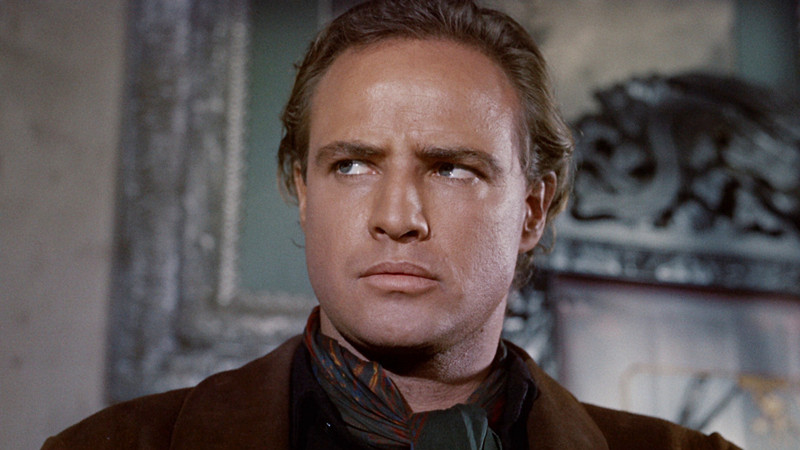
Martin Scorsese has been a singular presence and voice in cinema for more than half a century. Throughout his career, the filmmaker has put his personal stamp on about every major genre he’s tackled: from crime epics, thrillers, and sports biopics to period dramas, romance, and even musicals. Now, with his 26th feature, the greatest living American director is finally dipping his toes in the most all-American of film genres: the western.
“Killers of the Flower Moon”, which stars Leonardo DiCaprio, Robert De Niro and Lily Gladstone, details a series of murders that took place in 1920s Oklahoma after oil was found on land owned by the Osage Nation. It might be Scorsese’s first foray into the genre, but the Queens native has passionately acknowledged the great debt he owes to the westerns of old. And though Scorsese’s formative experiences watching John Ford movies as a kid are well-noted, we’ve omitted genre monoliths like “The Searchers” and “Stagecoach” on the grounds of over-familiarity.
In fact, the westerns the director has publicly championed over the years and through his work at The Film Foundation are as wide-ranging as his cinematic taste. They run the gamut from golden age staples that established national myths and glorified the expansion westward to revisionist westerns that questioned past assumptions, reinvented the formula, and made it their own. To celebrate the release of “The Killers of the Flower Moon” (in theaters October 20), here are 10 westerns that have earned Scorsese’s stamp of approval, listed in no particular order.
1. One-Eyed Jacks (1961)
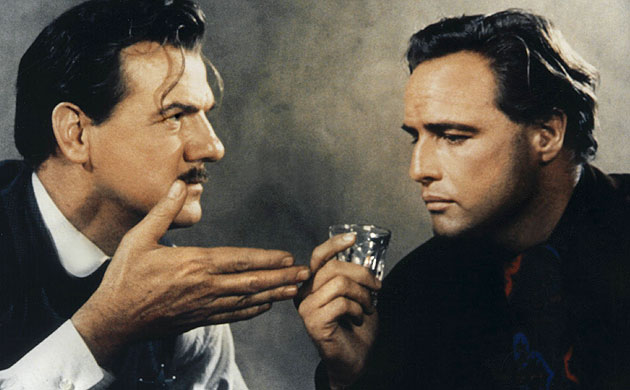
Stanley Kubrick was originally on board to direct this Marlon Brando-led star vehicle, about a hard-edged outlaw who vows to take revenge after being double-crossed and left for dead by his former associate during one of their bank heists. However, after six months of troubled production, the director decided to pull out of the project, with Brando having no alternative but to step up and fill the position himself.
Scorsese presented a screening of the early-sixties film he considers to be “unlike any other Western around” during the 2016 New York Film Festival, in a new restoration he recently oversaw with fellow board member Steven Spielberg. The director told the audience that when it came out, everyone expected the unexpected from Brando’s sole directorial effort. “And that’s exactly what we got.” For the Queens native, this underlooked gem represents a bridge between two different eras of filmmaking, combining the production values of the old Hollywood with the emotional values of the new Hollywood. “It’s visually stunning. The intensity and the energy of the actors just burst out of the edges of the screen,” he said.
In what may very well be the single most intriguing unrealized project of his lengthy career, Scorsese was approached by Brando in 1976 to direct a film about the Lakota Indian massacre at Wounded Knee and the systematic destruction of American Indians during the 19th century. Though the film ultimately did not come to be, many of the ideas that came up during their meetings found their way into “Killers of the Flower Moon”.
2. Johnny Guitar (1954)
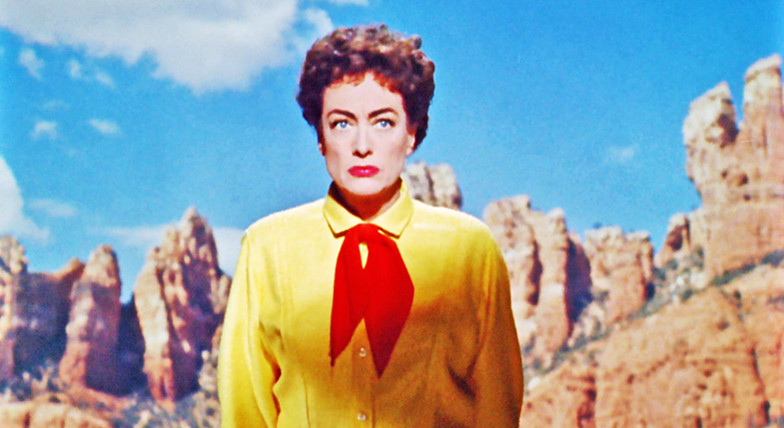
Joan Crawford stars as a resilient Arizona saloon owner in Nicholas Ray’s candy-colored psychological western, a boldly feminist spin on the genre that finds the feisty heroine fend off a rival gang led by Mercedes McCambridge after her former lover (Sterling Hayden) becomes the prime murder suspect.
“American audiences expected a western and didn’t know what to make of it. In Europe, they saw “Johnny Guitar” for what it was — an intense, unconventional, stylized picture full of ambiguities that rendered it extremely modern,” Scorsese said of the 1954 film. One of the many titles mentioned in his documentary “A Personal Journey Through American Movies”, “Johnny Guitar” earned glowing praise for its “bold stylistic strokes”, which the filmmaker argues deviate from the genre’s norm and have helped it grow to achieve the status of a classic. While introducing the movie for its home release, the “Killers of the Flower Moon” director added that the film induces many readings and characterizes the paranoia and witch-hunt of the McCarthy era.
3. The Hired Hand (1971)
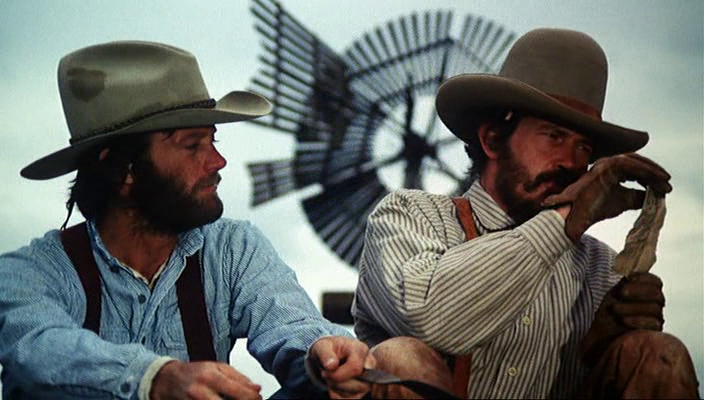
Encouraged by the success of 1969 “Easy Rider”, a $400,000 B-movie that unexpectedly became a pop-culture sensation and “busted everything wide open in Hollywood” according to Scorsese, Universal rolled the dice on this esoteric acid western directed by Peter Fonda. The counterculture icon stars alongside Warren Oates as Harry Collings, a cowboy drifter who decides to go back to his estranged wife after six tough years on the road in hopes of settling down, taking care of his family and leaving his troubled past behind.
Scorsese decided to oversee the restoration of this oft-misunderstood revisionist western after getting in touch with Henry Fonda during the production of “Bringing Out the Dead” in 1999. While presenting the film’s new print, the director confessed that he still finds the haunting relationship between Harry and his estranged wife (played by Verna Bloom, who would later collaborate with Scorsese during the eighties in “After Hours” and “The Last Temptation of Christ”) the most effective aspect of the story. “It’s an extraordinarily delicate picture with a very moody, impressionistic tone — like something out of 19th century literature.”
4. Forty Guns (1957)
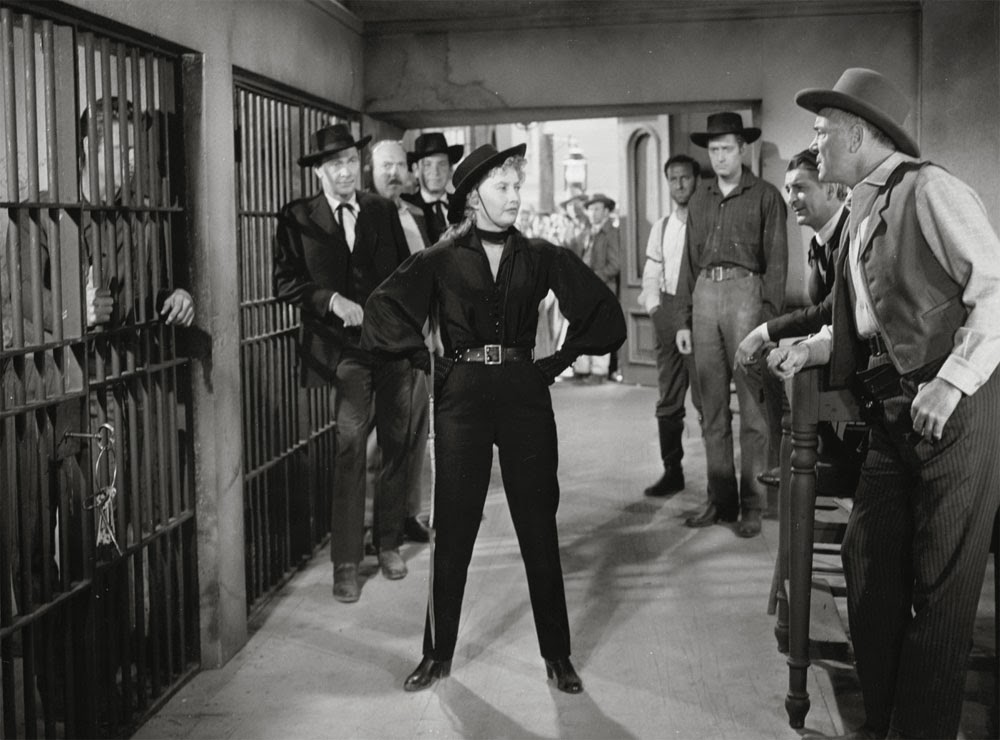
Scorsese has repeatedly acknowledged the great debt he owes to Sam Fuller, a former NYC crime reporter who always marched to the beat of his own drum and left an inimitable stamp on American cinema during the ’50s and ’60s.
One of the many movies he directed that shaped Scorsese’s critical voice and has been singled out for praise, “Forty Guns” stars Barbara Stanwyck as a ruthless Arizona cattle rancher and leader of a forty-strong posse of hired guns who comes to blows with a righteous U.S. Marshall determined to set things straight. “‘Forty Guns” is not even really a Western. I don’t know what it is. It’s pure emotion… “Forty Guns” doesn’t care. It’s just what it is,” argues Scorsese.
The Italian American holds the Hollywood iconoclast in such high esteem that he agreed to write a foreword to his biography, where he boldly stated that “if you don’t like the films of Sam Fuller, then you just don’t like cinema.” In the same piece, Scorsese relayed the story of how he met Fuller for the first time in LA during a screening of this black-and-white western organized by himself in the early 1970s. “When the picture was over, we started talking, and we couldn’t stop. We talked for hours, but it seemed like a matter of minutes.” It’s safe to say the respect went both ways, as Fuller offered Scorsese an acting part in his WWII drama “The Big Red One” in 1980, a role the latter would cordially turn down due to scheduling conflicts.
5. Giant (1956)
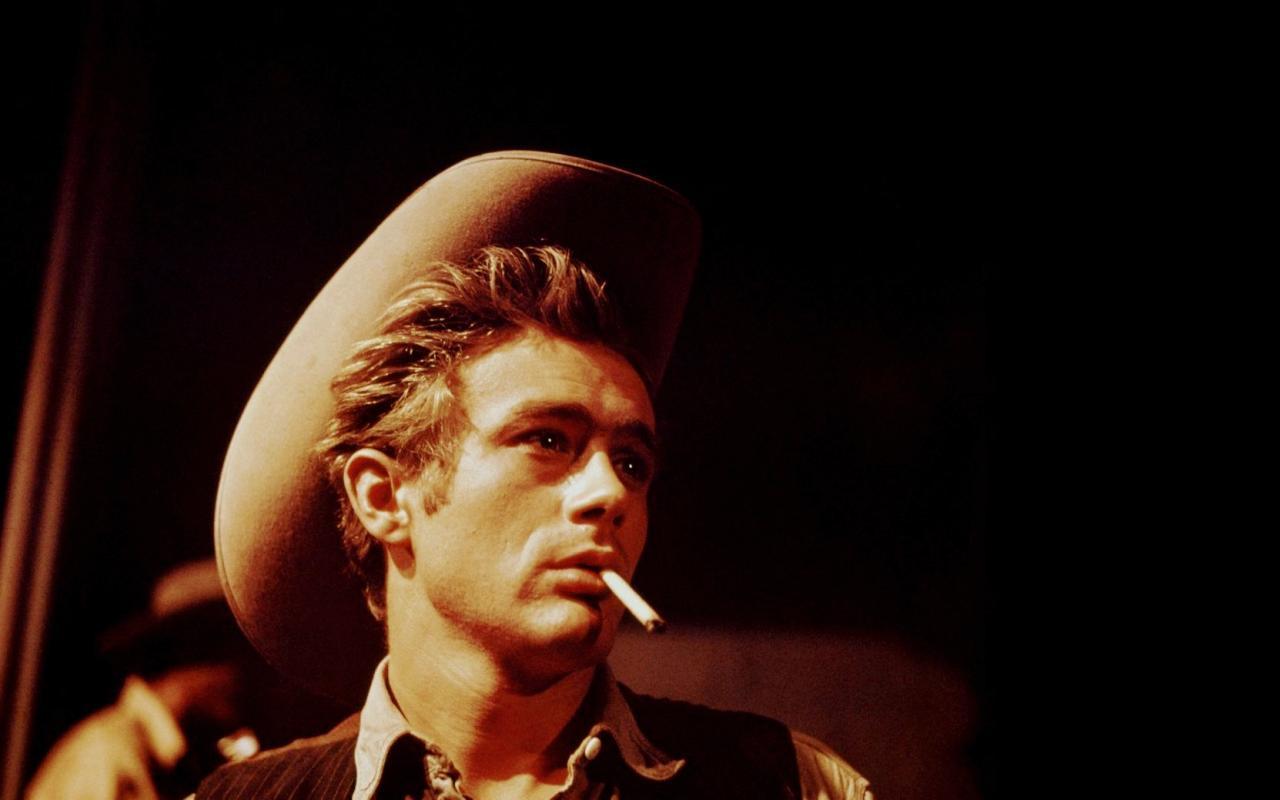
It would be an understatement to say that “Giant”, an expansive, jumbo-sized western littered with A-listers that provides an uncompromising snapshot of race relations, discrimination, and oil greed in mid-twentieth century America, feels quite analogous to Scorsese’s latest.
Boasting red-hot performances by Elizabeth Taylor, Rock Hudson and James Dean (who tragically died mid-production), George Stevens’ decade-spanning epic traces a pivotal time for the entire nation through the lives of a Texas ranching family, observing the interplay between wealth, privilege and race in a way that directly defied the flawed mythology of the genre.
Scorsese claims to have seen the film over forty times and collaborated closely with Warner Bros for over a year in order to restore it. In 2008, the Oscar-winning director sat down with Paul Thomas Anderson to discuss the movie, noting how it depicts a lifestyle through the passage of so many years. “I don’t like the obvious romanticism, but there’s more here than people have seen. You see people grow,” said Scorsese. “As far as filmmaking goes, “Giant” is an inspiring film.” There’s an intermission built in right in the middle of the film’s 200-minute mark, but don’t be surprised if you find yourself so invested in the story you end up tackling it all in one sitting.